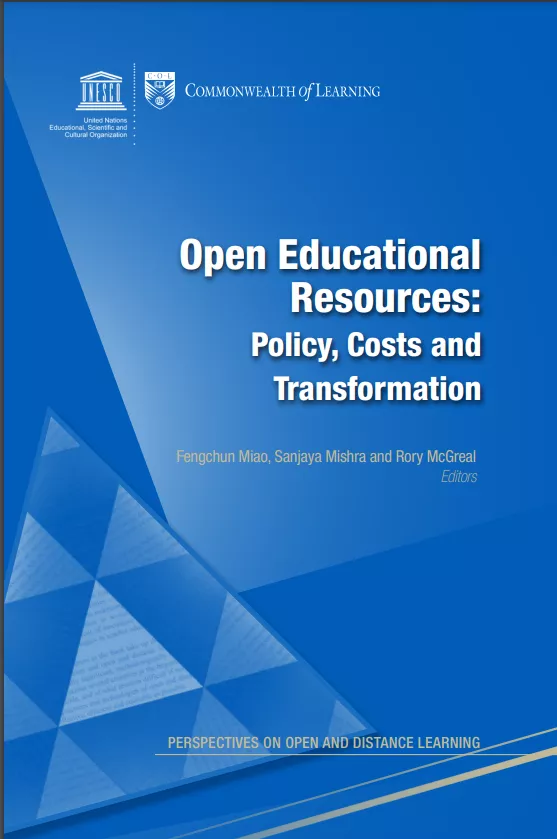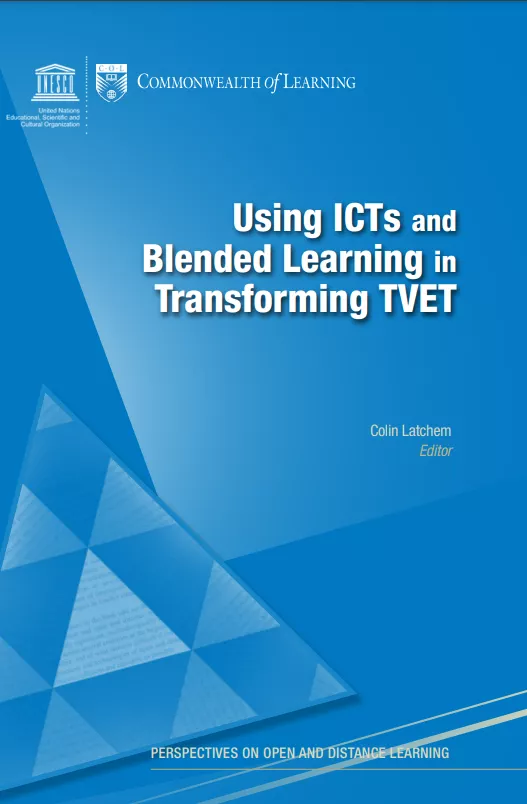



This chapter considers both the role that Open Educational Resources (OER) can play in supporting school-level pedagogical transformation, and the policy approaches to initiate transformation in public school systems. Focusing on the context of Antigua & Barbuda, the chapter recognises that, for change to be effective, it needs to be driven at the systemic level, as this ultimately directs most public school systems’ operations.

With many TVET systems in the developing world now considering the adoption of ODL and ICTs because of the promised cost efficiencies, it is important to examine the costing of these new educational and training practices. Given the dearth of resources focusing specifically on costing ODL in TVET, this chapter focuses more generally on costs in the use of ODL and ICTs and extrapolates these findings to the TVET context. This chapter explores the costs of ODL and how to avoid the ramifications of weak financial planning.

With many TVET systems in the developing world now considering the adoption of ODL and ICTs because of the promised cost efficiencies, it is important to examine the costing of these new educational and training practices. Given the dearth of resources focusing specifically on costing ODL in TVET, this chapter focuses more generally on costs in the use of ODL and ICTs and extrapolates these findings to the TVET context. This chapter explores the costs of ODL and how to avoid the ramifications of weak financial planning.

UNESCO IITE and OER Africa partnered to prepare a publication that critically reviews the growth of OER and its potential impact on education systems around the world. The publication is based on desktop research and country case studies, which were prepared with input from OER experts from 15 countries in five UNESCO regions. The findings indicate that many efforts have been made to promote OER and its use, with funding and support by several donors and intergovernmental organizations, governments, and education institutions.